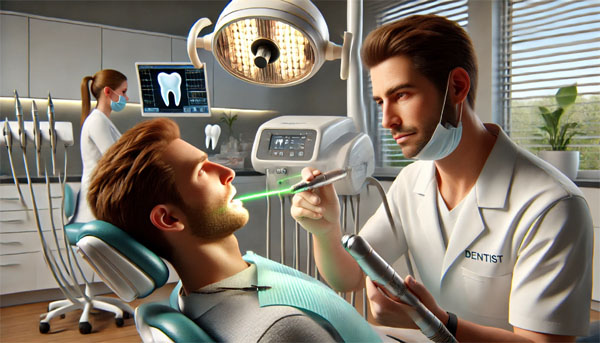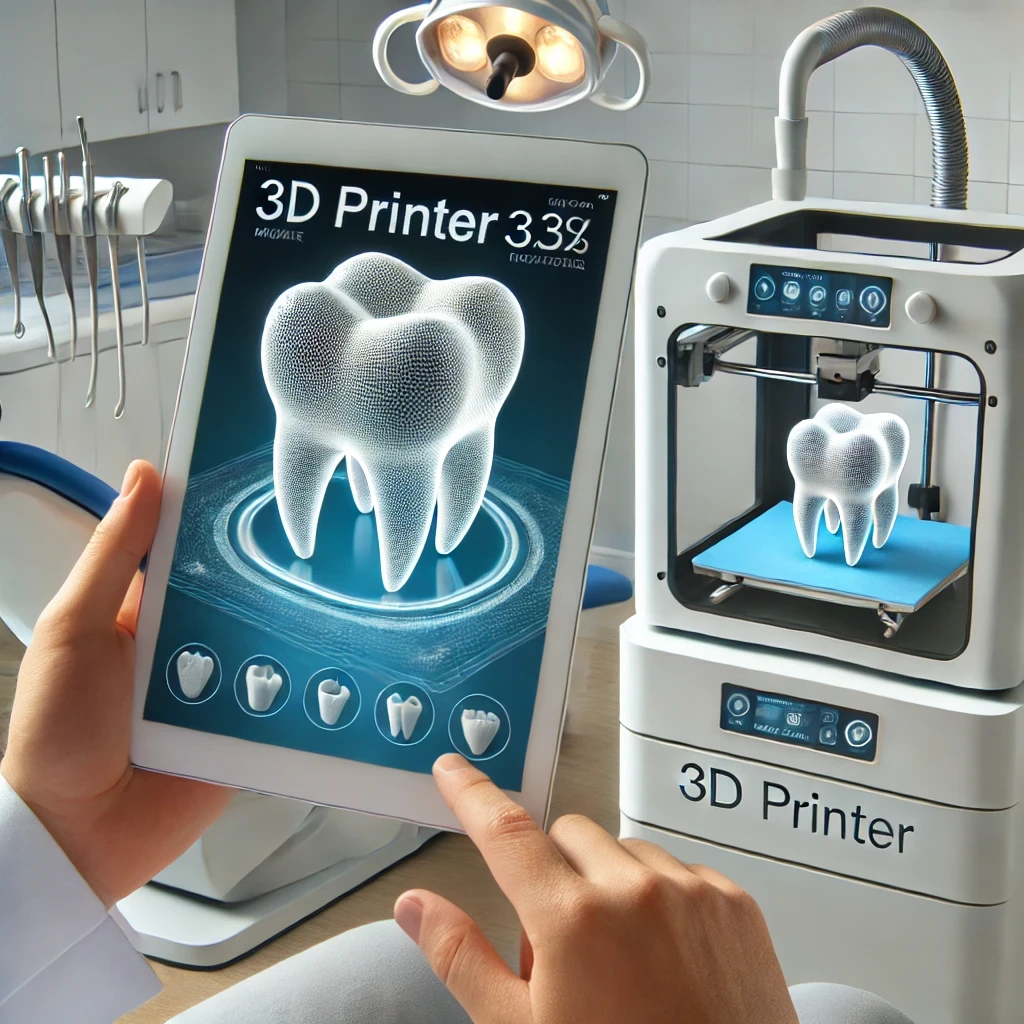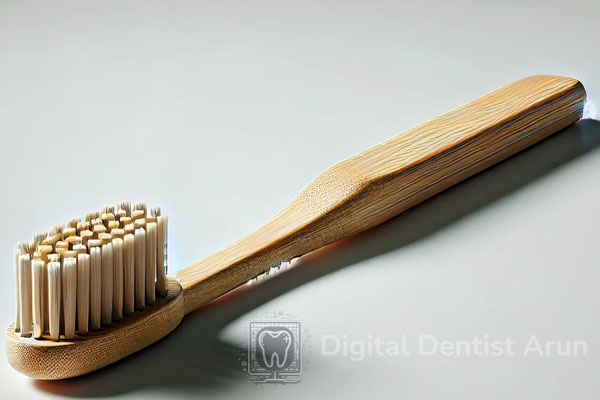Let’s face it: no one looks forward to making a dentist appointment, especially when you know deep down that you have a cavity. The sound of a drill, the noise it makes, and that vibration is enough to make anyone stiffen in the chair. But what if I told you there’s a better way that doesn’t involve all that upfront noise? Enter laser cavity preparation. This innovative technology is transforming what used to be an invasive process into something far more comfortable for patients.
In this article, we will explore Laser Cavity Preparation vs. Conventional Drills, what makes lasers effective for cavity preparation, how they compare to handpieces (or the so-called dentist drills), and whether this technology is truly revolutionizing the field of dentistry. Spoiler alert: it’s looking good for lasers!

How Lasers Work in Laser Cavity Preparation: The Magic Behind the Beam
So, how exactly do lasers operate in relation to laser cavity preparation? Yes, it might sound like something from a sci-fi movie like Avatar or Star Trek, right? A laser is actually a stream of highly concentrated light that targets the decayed portion of the tooth and zaps it away. The coolest part? It does this without even touching the healthy part of your tooth. The accuracy is incredible, as the laser only targets decayed tissue, making it a far less invasive option compared to traditional drills.
Lasers in laser cavity preparation are much more comfortable for patients. Without the heat and vibrations caused by drills, many patients report not even needing anesthesia. Imagine walking out of the dentist without the numbing effect—you’ll be talking normally and sipping water like nothing ever happened.
Laser Cavity Preparation vs. Drills: A Side-by-Side Comparison
We can’t talk about lasers without addressing the trusty drill that’s been around for decades. While drills get the job done, they come with discomfort—everyone knows that high-pitched sound and the unsettling vibrations. Drills work by spinning at 400,000 RPM to mechanically cut away the decayed portion of the tooth, but unfortunately, they also cause a bit of collateral damage to the surrounding healthy tissue.
In contrast, laser cavity preparation offers precision without the unsettling noise or vibrations. The laser precisely targets the bacteria in the cavity, vaporizing it without harming the rest of your tooth. Not only is this less invasive, but it’s also far less likely to cause post-treatment sensitivity.
However, drills are still the go-to tool for larger or more complex cavities, particularly in areas where lasers can’t effectively penetrate. Plus, not all dental practices have adopted laser technology due to the cost. But if patient comfort is a priority, lasers are hard to beat.
Advantages and Limitations of Laser Cavity Preparation: The Future of Dentistry?
Alright, let’s talk about the advantages of laser cavity preparation. Lasers are incredibly precise, quiet, and less painful for patients. They sterilize the area as they work, which reduces the risk of infection—a huge plus for patients prone to dental complications. Plus, they cause minimal damage to surrounding tissues and typically result in a faster recovery.
But here’s where lasers face some limitations: they aren’t effective for every type of cavity. If the cavity is large or close to a metal filling, lasers can’t be used since they can’t cut through metal. In these cases, the traditional drill is still the best option. Additionally, the high cost of laser equipment means it’s not available in every dental office yet.
Conclusion: Laser Cavity Preparation vs. Drills—Which Should You Choose?
So, what’s the verdict? Laser cavity preparation represents a significant leap forward in dental technology. It’s quieter, less invasive, and more precise, making it an excellent option for patients who want a smoother, more comfortable experience. Plus, the reduced need for anesthesia makes it even more appealing.
However, drills still hold an essential place in dental practices. They’re reliable, effective, and more affordable. While lasers may not replace drills entirely, they offer an impressive alternative, particularly for those looking to minimize discomfort.
Ultimately, the choice between laser cavity preparation and traditional drills comes down to your specific needs and preferences, along with your dentist’s recommendation. Either way, you can rest assured that your dentist has the tools to give you the best care possible.

